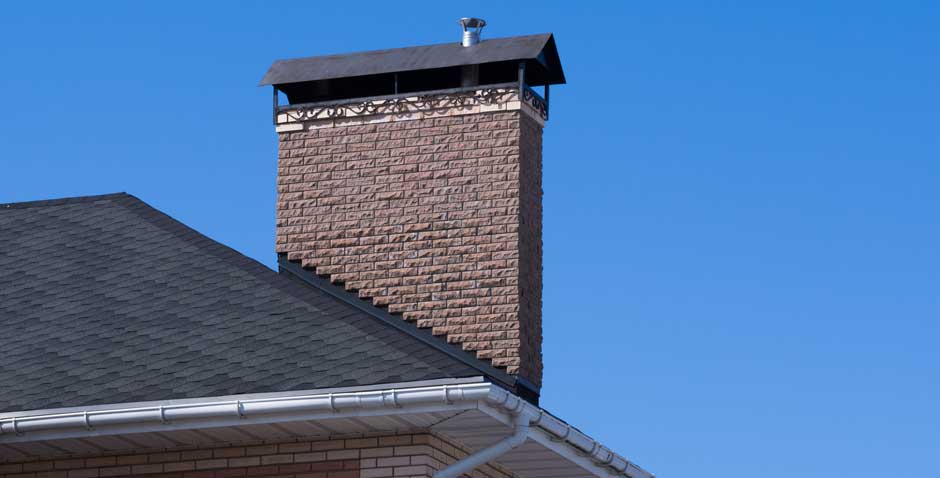Chimneys often go unnoticed on our roofs for long periods of time, and we often only address maintenance or repairs when they become hazardous. However, by being proactive, you can safeguard your chimney’s structural integrity by opting for tuckpointing.
This process involves repairing the mortar between the bricks (and potentially the brick surface) of your chimney, effectively preserving its stability. Pay attention to these warning signs that indicate the need for tuckpointing to maintain your chimney’s condition.
Take note of these signs
When assessing the condition of your chimney, it’s important to look out for specific indicators. Take note of the age of the chimney bricks, the depth of the mortar joints, and any signs of cracking or crumbling in the mortar. By inspecting these factors, you can determine whether your chimney requires attention.
Type of tuckpointing
Over time, the mortar between chimney bricks naturally deteriorates, causing recessions in the brick structure. If you observe that the mortar has receded towards the center of the chimney by approximately a quarter to a half of an inch, it is advisable to arrange for tuckpointing. Ignoring recessed mortar can lead to further degradation, eventually causing the bricks to crumble, resulting in more extensive and expensive repairs. Taking prompt action by addressing recessed mortar through tuckpointing can help prevent further damage and maintain the stability of your chimney.
Missing bricks in your chimney
The presence of missing bricks in your chimney signifies a hazardous condition that demands immediate attention. Tuckpointing alone is not a suitable solution in this case, as the entire bricks need to be replaced. When whole bricks are missing, it often indicates a significant compromise in the structural integrity of the chimney. In such instances, it may be necessary to undertake a complete chimney rebuild from the ground up in order to ensure safety and restore the functionality of the structure.
Monitoring bricks in your chimney
When you notice cracked and crumbling mortar as well as bricks in your chimney, it is crucial to address the issue promptly. Crumbling bricks cannot be repaired and must be replaced to maintain the structural integrity of the chimney. Over time, weathering causes bricks to deteriorate, indicating a failure in the clay used during their construction. The lifespan of chimney bricks varies depending on the quality of the clay. It is common for cracked mortar and crumbling bricks to occur simultaneously, emphasizing the need for attention. Monitoring and addressing both of these signs can help ensure the stability and longevity of your chimney.
Unstable chimney
A leaning or unstable chimney is a serious concern that should never be ignored. It indicates significant damage and compromised structural integrity. While reinforcement and tuckpointing may be possible in certain cases, it is more likely that segments of the chimney will need to be replaced to restore stability. The extent of the repairs will depend on the severity of the damage. It is crucial to take immediate action to address a leaning chimney and ensure its safety. By replacing unstable segments and potentially performing tuckpointing, you can restore the stability of your chimney and prevent further risks.
To ensure the proper repair, tuckpointing, or complete rebuilding of your chimney, it is strongly recommended to hire a professional tuckpointing company. Don’t wait until it’s too late! Take the initiative to inspect your chimney and address any necessary repairs promptly. By enlisting the expertise of a professional, you can trust that the job will be done correctly and efficiently, safeguarding the structural integrity and safety of your chimney. Remember, early detection and timely action can save you from more extensive and costly repairs in the future.

